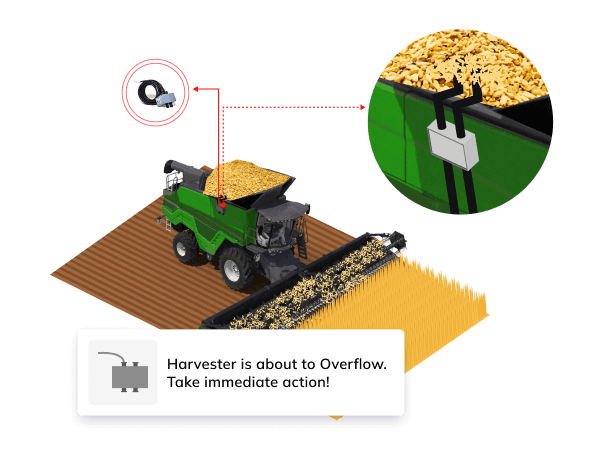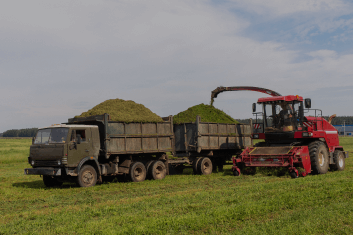A combine harvester is a vital machine used in the agricultural industry for efficiently harvesting crops. Equipped with a storage bin for the collected grain, it is crucial to maintain optimal operation to maximize harvest efficiency. Integrating a grain level sensor system into a combine harvester can significantly enhance its functionality.
Introduction
Challenges
Suboptimal Harvest Efficiency: Operators frequently need to manually check the grain bin to prevent overfilling, which interrupts the harvesting process.
Increased Grain Loss: Without precise bin level monitoring, there’s a higher risk of grain spillage during harvesting, especially when the bin reaches full capacity.
Manual Yield Tracking: Farmers often resort to guesswork or labor-intensive methods to estimate yield, which can lead to inaccurate data for crop management and future planning.
Operational Delays: Manual monitoring can lead to inefficient harvesting strategies, causing delays and potential losses if the harvest window is missed.
Challenges

Solution
Real-Time Monitoring: The grain level sensor provides continuous real-time data on the amount of grain in the bin, allowing operators to optimize harvesting time and reduce downtime.
Automated Alerts: The sensor system can notify operators before the bin reaches capacity, allowing them to plan unloading with minimal interruption to the harvesting process.
Yield Data Collection: Accurate grain level measurements enable precise yield mapping, providing valuable data that can be used to improve farming practices and enhance future crop yields.
Operational Efficiency: Integrating the sensor system with the harvester’s GPS and data management systems can streamline operations, leading to more effective field management and resource utilization.
Challenges

Results
Increased Harvesting Productivity: Real-time data and automated alerts lead to a more continuous and efficient harvesting process, increasing the harvested acreage per day.
Reduced Grain Waste: Timely alerts help prevent overfilling and spilling, directly enhancing profitability by minimizing grain loss.
Improved Crop Management: High-quality yield data facilitates better crop management decisions and precise application of inputs for the following seasons.
Enhanced Operational Timing: With more efficient harvesting strategies in place, farmers can better utilize the optimal harvest window, reducing the risk of crop quality degradation due to delays.

